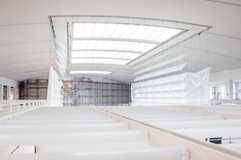Queens museum / New York
Growing glory
Reopening this month after a lengthy renovation project, the Queens Museum of Art will feature its boldest and riskiest line-up since the 1990s. Plus some table tennis tournaments.
Walk into the Queens Museum of Art and you are likely to come across a middle-aged man playing table tennis. Far from being a conceptual performer, this man will be the museum director, Tom Finkelpearl. “The idea is not to play against the public but to play with the public,” he explains with a large grin. “I’m going to warm people up and try to really understand why they’re here.”
Table tennis is only a small part of the complete overhaul taking place at the Queens Museum, set to reopen in November. It’s been eight years since plans for the renovation were announced and construction is on its final stretch.
A $68m (€50m) project, led by Grimshaw Architects, doubles the museum’s footprint to 9,750 sq m by extending into a former ice rink (the building’s idiosyncrasies have always defined it). An atrium sits at the centre under a bright skylight enhanced by a hanging glass structure.
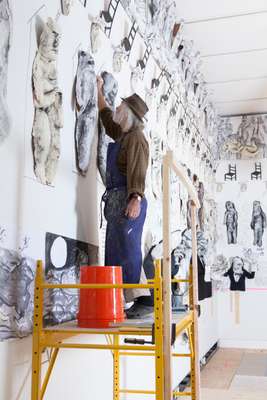
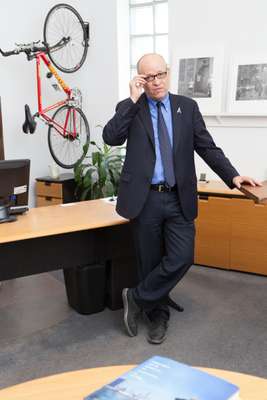

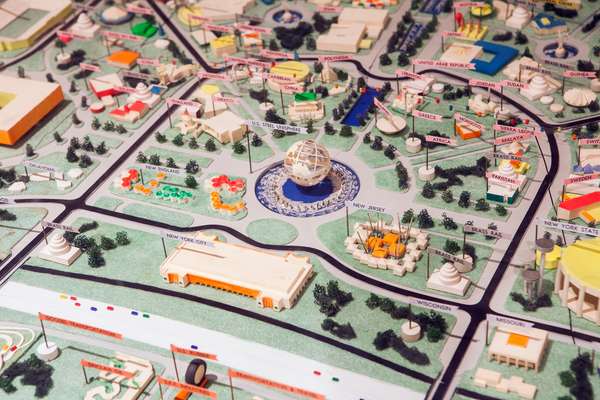
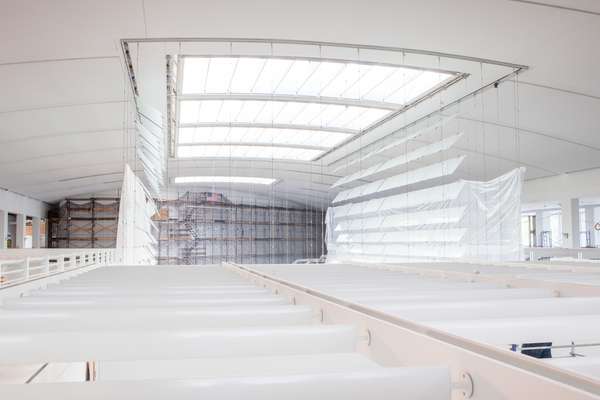
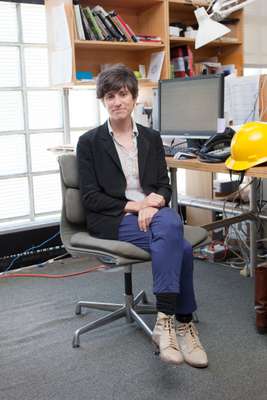
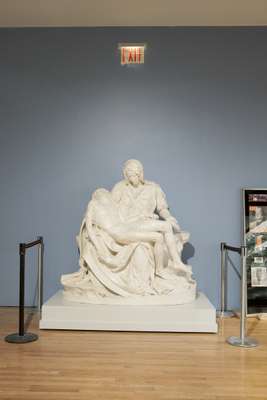
In the suite of the new square-shaped galleries, the founder of the Bread and Puppet Theater, Peter Schumann, and his team are busy. The cult artist is enjoying the rough environment. It’s hard to tell his team apart from the construction workers – they wear the same hard hats. As Schumann brushes past in his paint-stained denim overalls, he whispers, “There’s going to be a sailboat here. It’ll take you anywhere you want.” Seconds later, he’s on a bucket perched on a ladder, drawing on the virgin white walls with a permanent marker.
The museum is an hour’s subway ride from New York’s Chelsea galleries, bordered by a highway in the middle of a park. But the renovation will address these obstacles. With five or six major exhibitions at any given time, as well as a café, a bookshop and a gift shop, Finkelpearl wants his museum to be a day-trip destination. A 60 metre-long exhibition wall facing the Grand Central Parkway will serve as a giant advertisement for the 244,000 motorists that drive by every day.
Designed to host the New York City Pavilion for the 1939 World’s Fair, the building welcomed the General Assembly of the newly formed UN soon after. Almost every world leader spent time within these four walls, negotiating the partition of Palestine and creating Unicef. The World’s Fair came back to the city in 1964, for which iconic steel globe the Unisphere and the Panorama – a detailed model of the city built by Robert Moses – were constructed.
By then, an ice rink occupied the southern half of the building. The Queens Museum was established in 1972 and had to make use of the rest of the space, which includes the large room that houses the Panorama. “When I arrived it was a very quirky space with idiosyncratic galleries that were 12 metres high, had multiple levels and curved walls but no light,” says curator Larissa Harris, who started working here in 2009. “Having punctured the ceiling and the walls, it’s just going to feel like an entirely different psychological space. A space where you can really breathe.”
Queens is the most ethnically diverse urban area in the world but it is mostly ignored by the art world. True, it’s home to the renowned MoMA PS1 based in Long Island City but that museum is essentially an extension of the Manhattan original. “It’s in Queens, it’s not of Queens,” says Finkelpearl. His museum’s east-facing park-side entrance, now restored to its original grandeur, includes an extended yard that provides a transitional space for those out enjoying the park.
A decade ago, Finkelpearl created “Queens International”, a biennial celebration of artists who live or work in the borough – it’s one of the exhibitions with which the museum is reopening. The other main shows tap into the institution’s history and its attachment to social practice. It’s a risky yet reflective line-up, which embodies the ethos here.
“I love art but I’m not crazy about museums,” explains Finkelpearl. “I feel art deserves something better than what museums have been doing to it.”
queensmuseum.org
The Queens Museum: a quick guide
Site history
1937. New York City Building designed by Aymar Embury II
1939. Housed the New York City Pavilion for the World’s Fair
1946-1950. Home of the UN
1952. Building converted to skating rinks
1964. Hosted New York City Pavilion and Ice Theatre for the World’s Fair
1972. Queens Museum of Art created in northern half of building
Reopening line-up
- ‘The People’s UN (pUN)’ by Mexican artist Pedro Reyes
- ‘Queens International 2013’ by artists from around the world who live or work in the borough
- ‘The Shatterer’ by Bread and Puppet Theater founder Peter Schumann

